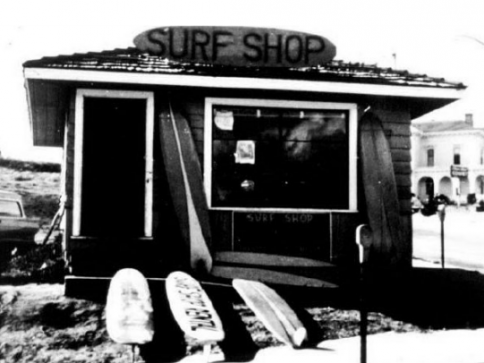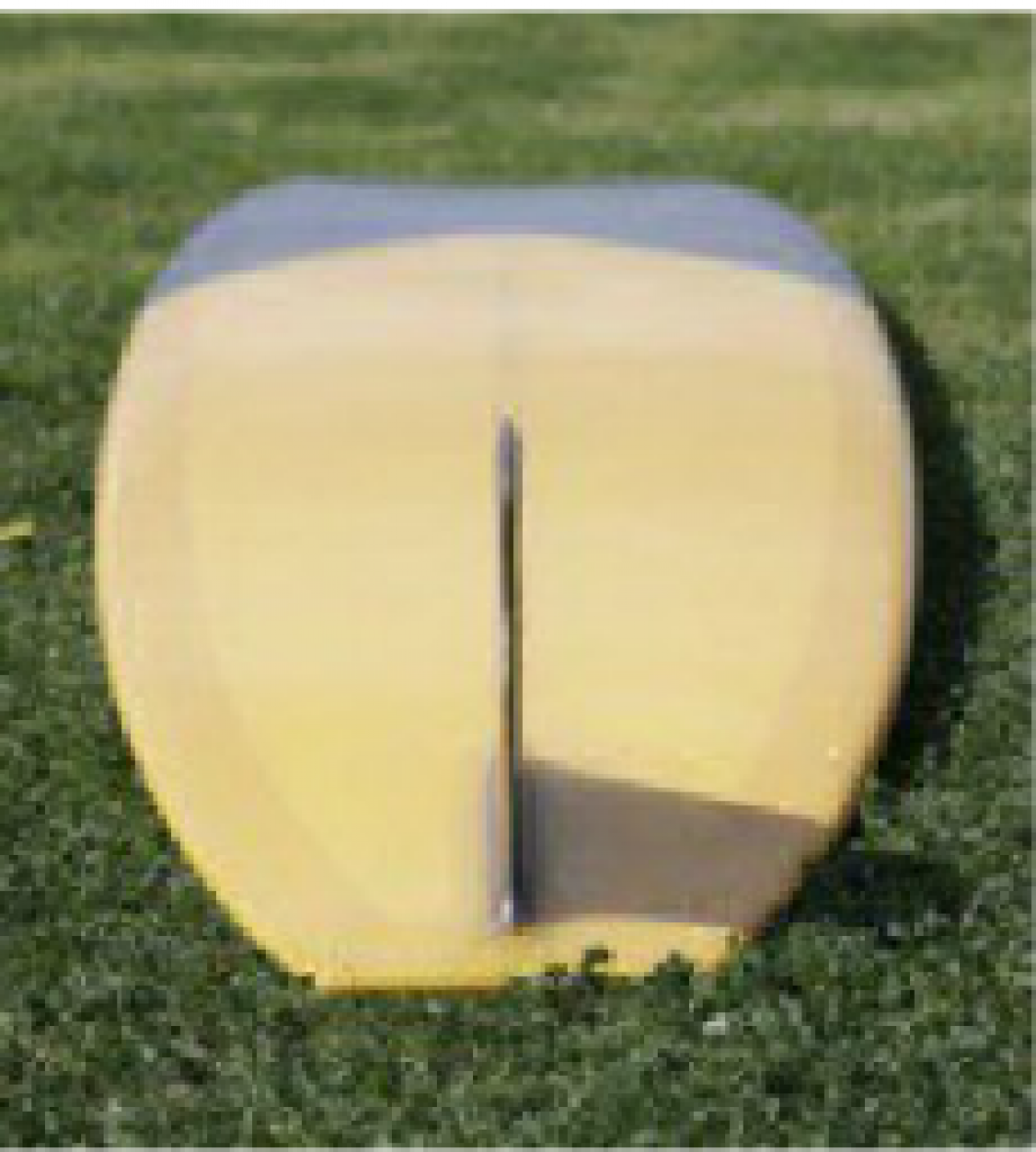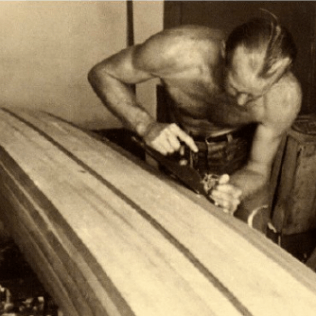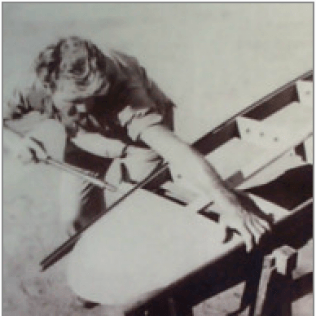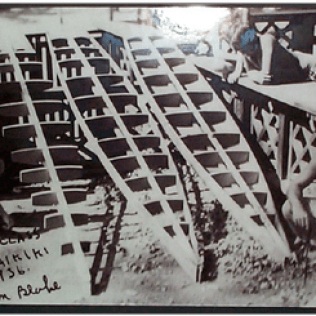HISTORY
Barn History
This balloon-framed, square hip-roofed barn was located at 4306 W. Baldwin Road and was built in 1863, during the Civil War. It was part of the original Mundy Farm, the family for whom the township is named. They came from Genesee County, N.Y. and settled this area. This type of square, two-story barn is typical of the barns settlers from that area built, including the Mundy, Selden and Badgely families.
The Barn was the last standing example. According to a historian who wrote several books on Genesee County history, it was the oldest in the county and one of the oldest in the state as of April 2014. The barn was built from white pine, and according to an expert, was probably used as a "liquor retail outlet.". The customers could drive a buggy into the barn, load up and be on their way, very discreetly.
On April 12, 2014 The Barn was destroyed during a dramatic storm with vertical wind shear. In May 2014, The Barn was salvaged and the historic wood was reclaimed. All of The Barn wood was used here to preserve a historic landmark.
Surf History
In 1952, Jack O’Neill opened the worlds first Surf Shop in San Francisco. Jack is the founder of O’Neill Inc., and the inventor of the wetsuit. Due to a surfing accident in 1972, Jack O’Neill lost an eye, and as a result, invented the leg leash in 1973.
The oldest surfboard still in existence is on display in Hawaii’s Bishop Museum and dates back to 1778.
The original Hawaiian surfboards hand carved from trees and varied in length from 3-16 feet on average. The length of your surfboard was determined by your social rank. So, the longer surfboards were for the Royal family, and the shorter were for the peasants. These shorter boards however were still in the 10-12 foot range.
These surfboards were made from trees and were solid. They could range in weight to more than 100 pounds! The boards had no fins and went in one direction only, straight ahead.
By the beginning of the 20th century surfing in Hawaii had surge in popularity, mainly due to the famous Duke Kahanamoku, who brough surfing to the world’s attention.
Europeans and Americans then began to participate in the sport, and it wasn’t long before the surfboard began to be redesigned.
The first important milestone in the history of the surfboard was the establishment of a more practical and user-friendly length and weight. This was achieved by chopping the older style surfboards in half.
At this stage, the surfboards were being made out of redwood, but in the 1920’s balsa started to be used instead as it was a much lighter wood and was more readily available.
In 1926 in Hawaii, Tom Blake decided to dramatically reduce the weight of the surfboard. He achieved this by drilling multiple holes into his redwood board, then covering the entire thing up with a thin layer of wood. Surfboards continued to be made from various wood combinations until the 1940’s.
In 1935, the same Tom Blake added a fixed fin to the back of the surfboard and by some is considered to be the most influential milestone in the history of the surfboard.
This change provided increased stability, the stopping the board from sliding sideways on the wave, and allowing surfers to maneuver the board better.
In the 1940’s fiberglass became more easily available and surfboard designers saw its possibilities.
Fiberglass meant that surfboards could weigh a lot less, and be waterproof. Initial designs involved a core of balsa sealed with a layer of fiberglass.
In the 1950’s, balsa wood cores were replaced with polyurethane foam. This enabled surfboards to float better and allowed surfboards to be manufactured a lot more quickly.
In fact, polyurethane foam was so popular that surfboards are still made with this as the blank to date, even though epoxy foams have been introduced.
In California during the 1950’s, Surfboards were hand carved in local barns. The designers, known as “shapers,” would carve blocks of polyurethane foam into the perfect shape then coat it with fiberglass for strength. Legends like Greg Noll and Rusty Preisendorfer spent their days in these “Surf Barns” or “Shape Shacks” designing the future of the sport of surfing.



